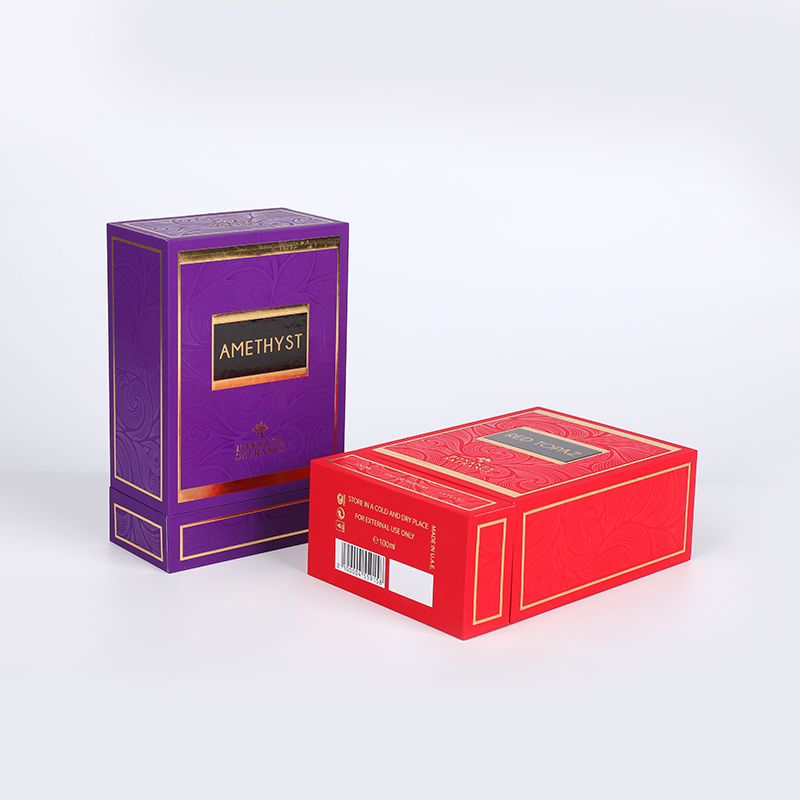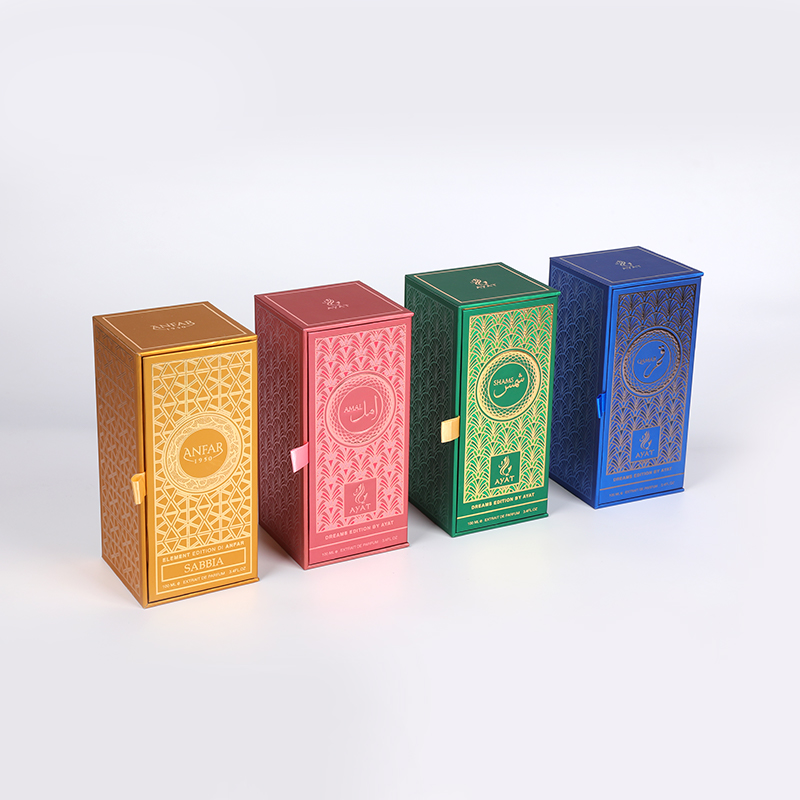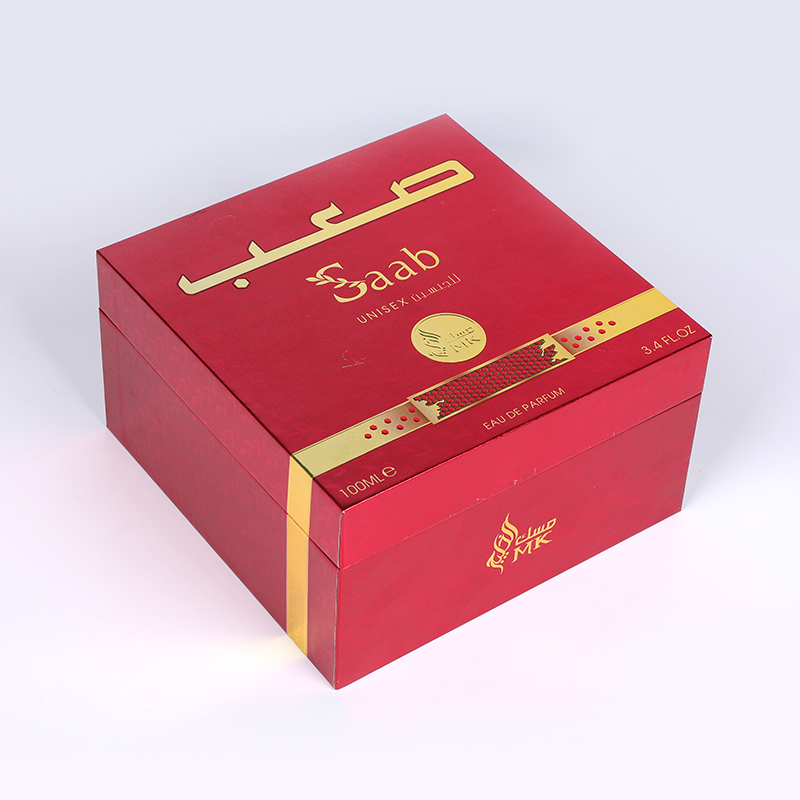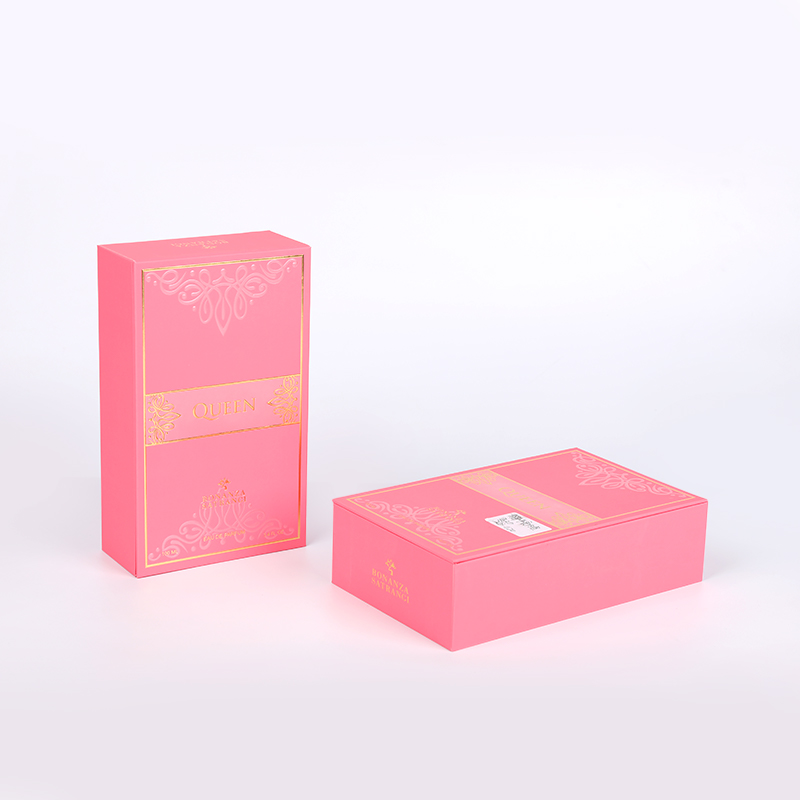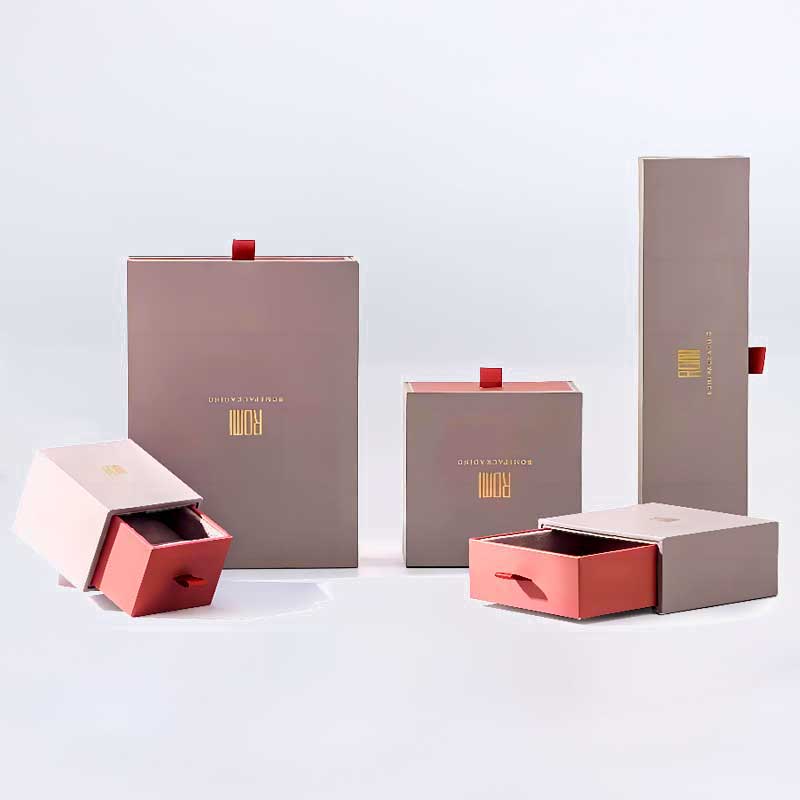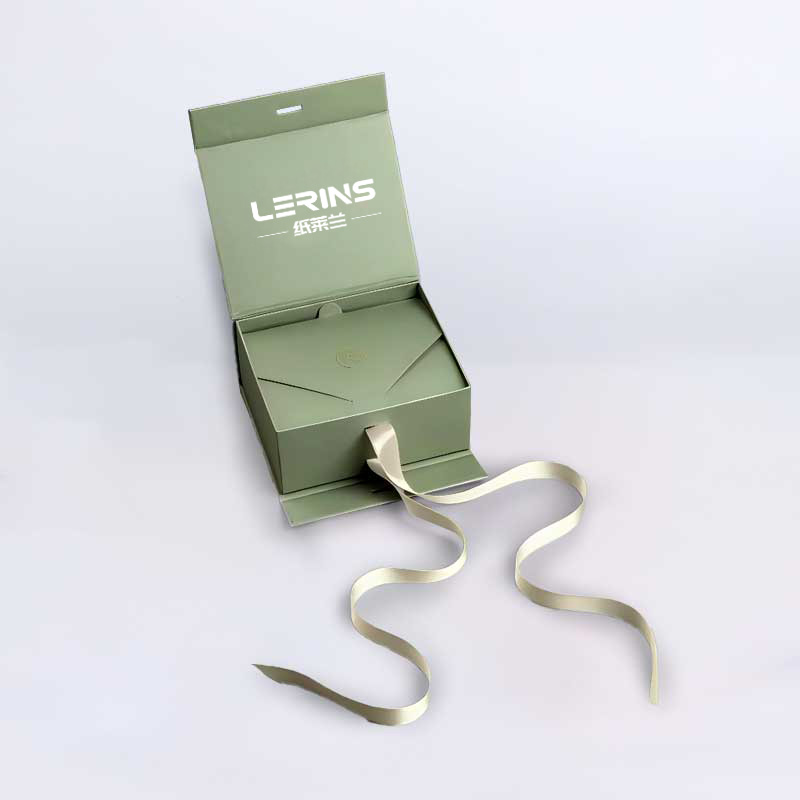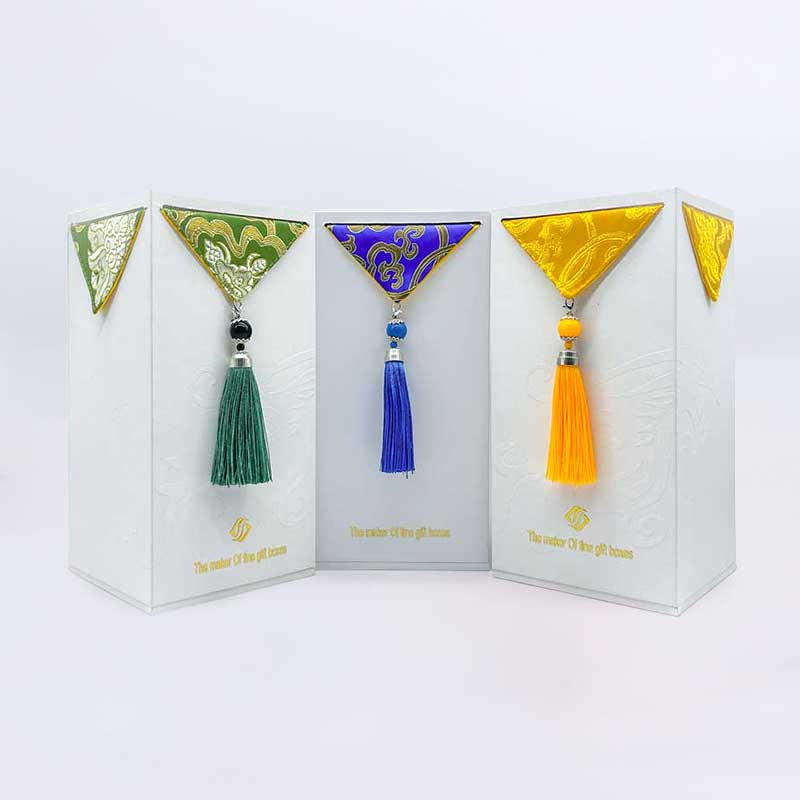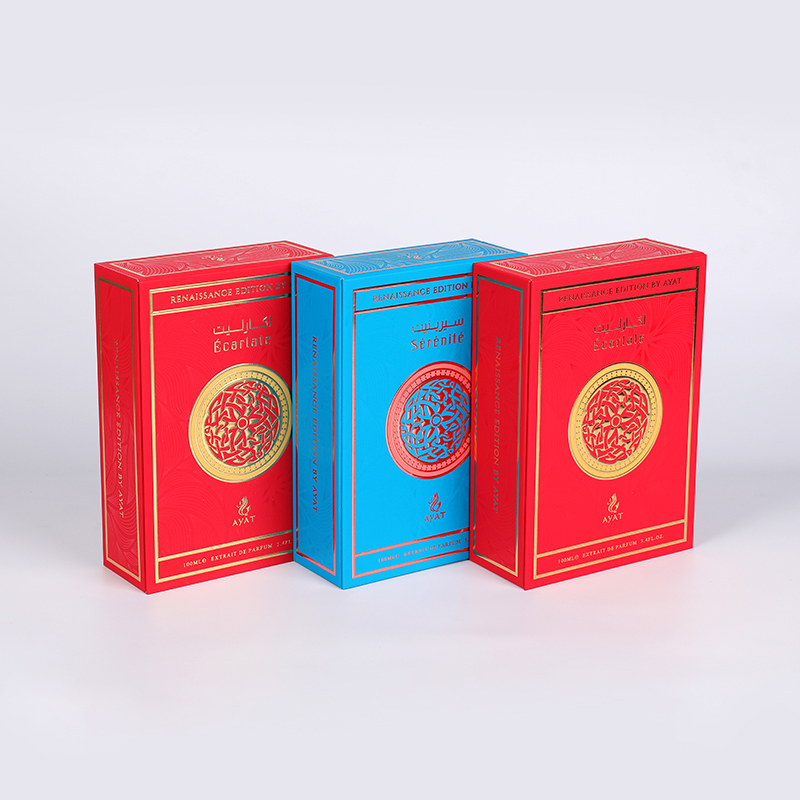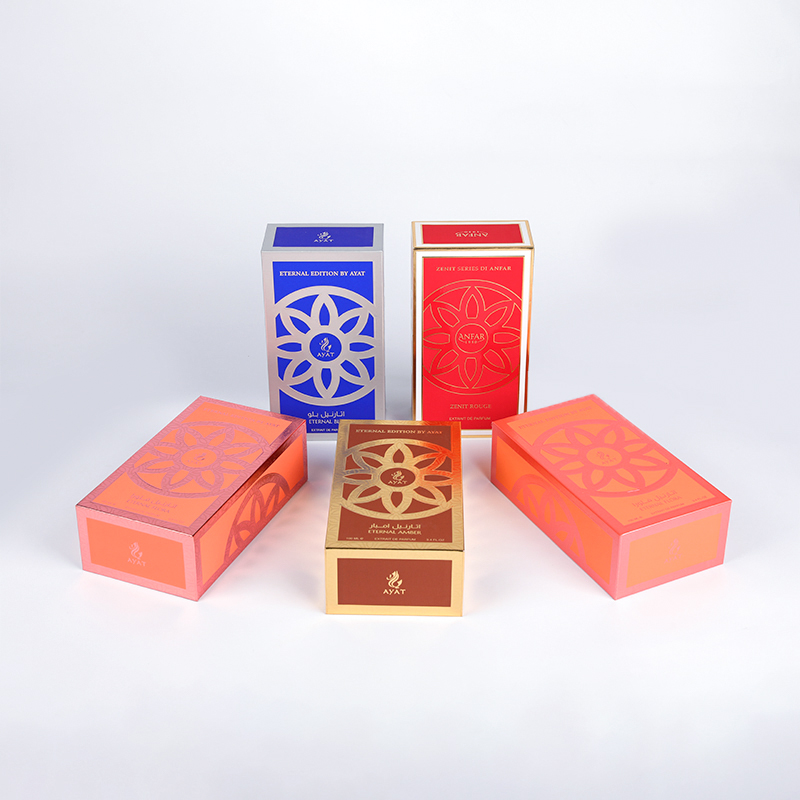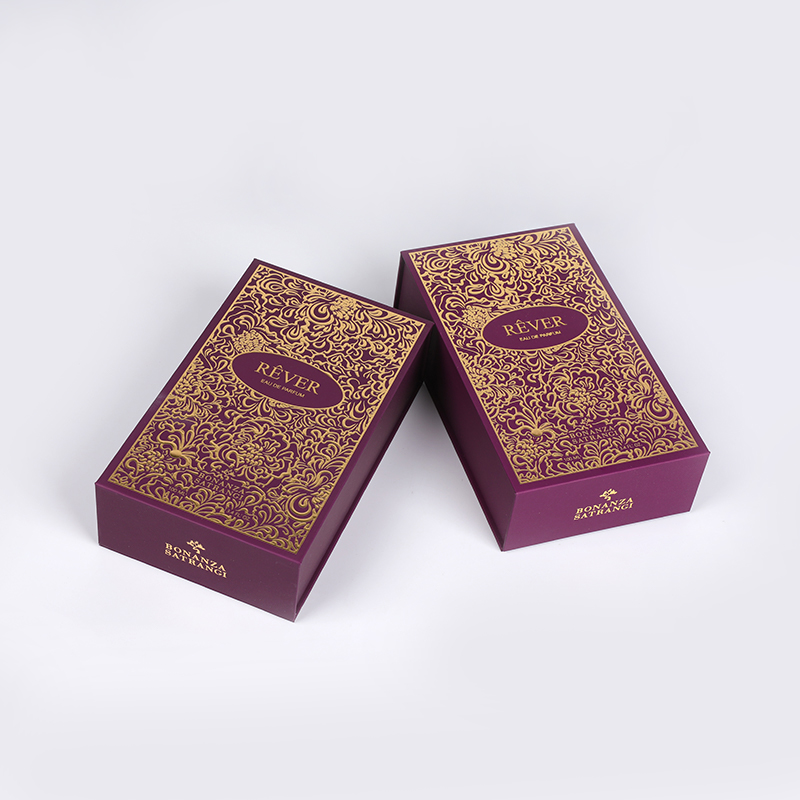Tube Box design optimization is the key to improving its protective performance and space utilization. Through shape optimization, it can better meet the packaging needs of different items, while improving transportation efficiency and user experience. The following is a detailed analysis of how to achieve these goals through shape optimization:
1. The impact of shape on protective performance
(1) Circular design
Advantages:
The circular structure has a natural ability to resist pressure, which can evenly disperse external pressure and reduce deformation or damage caused by extrusion.
During transportation, the circular design can effectively protect the internal tubular items (such as cosmetic bottles, cables or medical devices) from impact.
Disadvantages:
Circular boxes may roll or become unstable when stacked, requiring additional fixing measures.
(2) Square or rectangular design
Advantages:
Square or rectangular designs are easy to stack and store, and can make full use of transportation and storage space.
The regular internal space makes it easy to add partitions or cushioning materials to fix items.
Disadvantages:
The corner area may become a stress concentration point and is more easily damaged when subjected to external forces.
(3) Polygonal design
Advantages:
Polygonal design combines the advantages of circular and square shapes, and has a certain degree of pressure resistance and is easy to stack.
The number of sides and angles can be adjusted according to specific needs to optimize protection performance and space utilization.
Disadvantages:
The manufacturing process is relatively complex and the cost may be high.
2. The impact of shape on space utilization
(1) Internal space optimization
Fitting the shape of the object:
Customizing the internal structure (such as embedded grooves or partitions) according to the size and number of tubular objects can maximize the use of internal space and reduce gaps.
For example, designing a honeycomb arrangement structure for multiple small-diameter tubular objects can significantly improve space utilization.
Modular design:
The modular lining design can flexibly adjust the internal layout according to different objects to meet various packaging needs.
(2) External shape optimization
Stacking stability:
By designing flat top and bottom surfaces, it can ensure that the Tube Box remains stable when stacked to avoid sliding or tipping.
Adding stacking guide structures (such as grooves or protrusions) can further improve stacking efficiency.
Nesting design: Designing nestable shapes (such as conical or multi-layered stepped structures) can save storage space when the box is empty and reduce logistics costs.
3. Specific methods for shape optimization
(1) Computer-aided design (CAD)
Modeling and simulation using CAD software can quickly evaluate the impact of different shapes on protection performance and space utilization.
Finite element analysis (FEA) is used to simulate external pressure and impact, and optimize the shape to improve compression and impact resistance.
(2) Bionic design
Drawing on efficient structures in nature (such as honeycombs, eggshells, or bamboo joints), a tube box with high strength and light weight can be designed.
For example, the eggshell shape can provide excellent compression resistance under thin-wall conditions.
(3) Dynamic testing and feedback
Dynamic tests (such as drop tests and vibration tests) are performed in actual transportation environments to evaluate the actual performance of different shapes.
Adjust the design parameters based on the test results to further optimize the shape.
4. Notes in practical applications
(1) Application scenarios where protection performance is prioritized
When transporting fragile items (such as glass tubes or precision instruments), circular or polygonal designs should be given priority to enhance pressure resistance and shock resistance.
Adding cushioning materials (such as foam, air cushion or pulp molding) can further improve the protection effect.
(2) Application scenarios where space utilization is prioritized
In large-scale logistics transportation, square or rectangular designs are more suitable for stacking and storage, especially in automated warehousing systems.
For small items, a multi-layer partition design can be used to maximize the use of internal space.
(3) Environmental protection and sustainability
Choose recyclable or degradable materials and minimize material waste. For example, reduce cutting waste by optimizing the shape.
Consider reuse functions in the design to extend the life cycle of the Tube Box.
5. Case analysis
(1) Cosmetics industry
Cosmetic tube boxes usually adopt a cylindrical design to fit the product shape and provide good protection.
Adding customized grooves or cushions inside can prevent the bottle from shaking during transportation.
(2) Electronics industry
The tube boxes of electronic components usually adopt a square design to facilitate stacking and storage.
Antistatic materials are added inside to protect sensitive components from static damage.
(3) Logistics industry
The tube boxes in the express delivery industry mostly adopt a rectangular design to meet the standardized requirements of automatic sorting systems.
Waterproof coatings or sealing strips are added to the outside to cope with adverse weather conditions.
Through shape optimization, the tube box can significantly improve its protection performance and space utilization. This requires starting from multiple aspects such as internal structure design, external shape selection, and manufacturing process to ensure the best balance between functionality, economy, and environmental protection. At the same time, in actual applications, targeted optimization is required according to specific working conditions and needs to meet the requirements of different industries and scenarios.

 English
English 中文简体
中文简体 عربى
عربى
